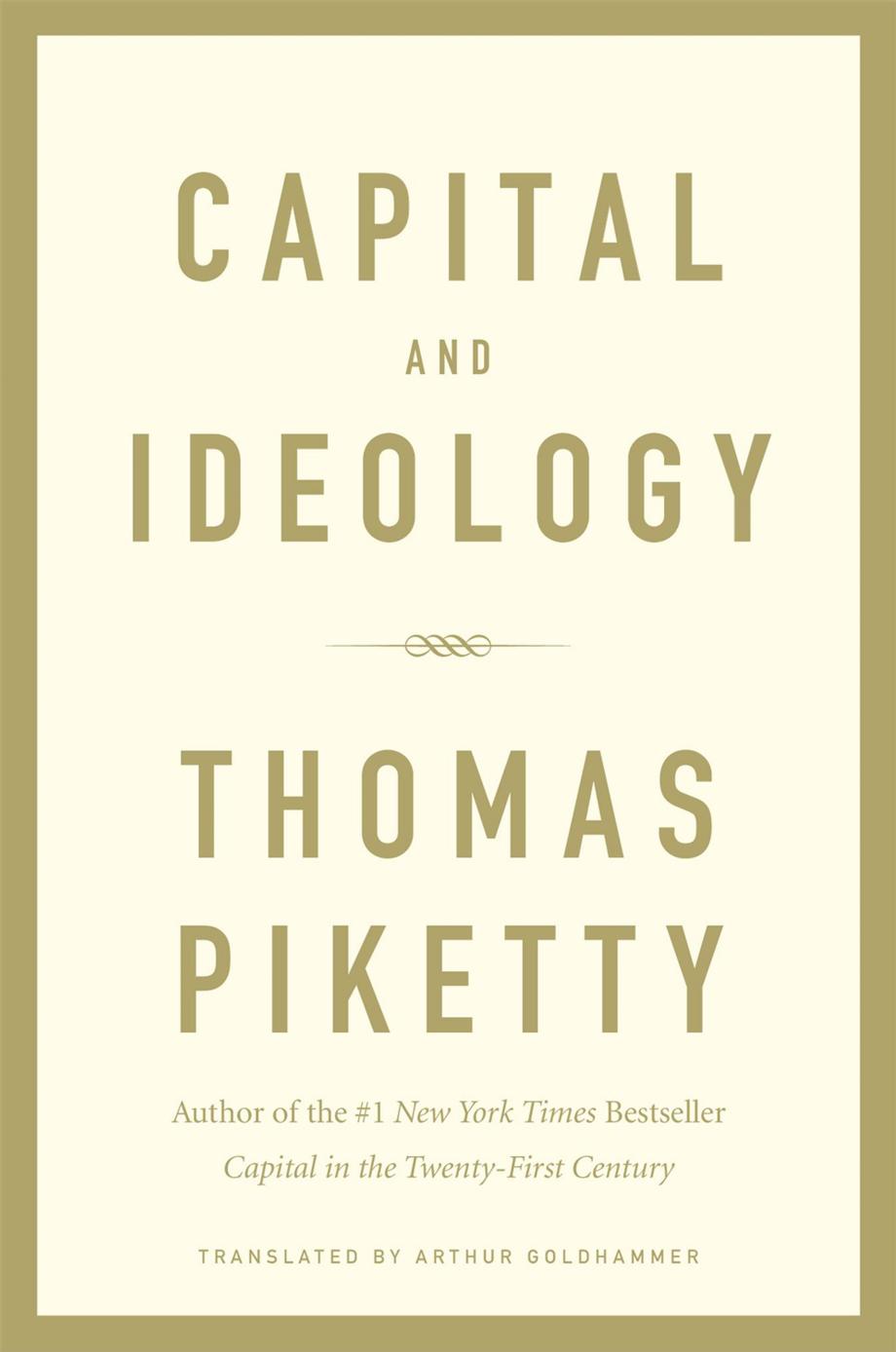Capital and Ideology by Thomas Piketty

Author:Thomas Piketty
Language: eng
Format: epub, azw3, pdf
Publisher: Harvard University Press
Collective Learning and Future Prospects for Taxing Wealth
All signs are that this long history is far from over. The existing system is a consequence of sociopolitical processes shaped primarily by the balance of political-ideological power and the mobilization capacities of the various parties in contention, and it will continue to evolve in the same way. The key point is this: the very sharp rise in wealth inequality in the United States in the period 1980–2020, combined with mediocre growth, has created the conditions for a challenge to the conservative ideological turn of the 1980s. Since the mid-2010s, leading Democrats have increasingly called for a return to 70–80 percent top marginal rates on the highest incomes and largest fortunes. The most outspoken of all was Bernie Sanders, who narrowly lost to Hillary Clinton in the 2016 Democratic presidential primary: he proposed a top marginal rate of 77 percent on the largest estates (in excess of $1 billion).
In anticipation of the 2020 presidential election, some Democratic candidates have begun to speak of creating the first US wealth tax, for instance, with a rate of 2 percent on fortunes of $50 million to $1 billion and 3 percent on wealth beyond $1 billion, to quote Elizabeth Warren’s proposal of early 2019.145 The Warren plan includes an exit tax of 40 percent for anyone who decides to give up US citizenship and transfer his or her wealth to another country. The tax would apply to all assets, with no exemptions, and impose dissuasive sanctions on individuals and governments unwilling to share relevant information about assets held abroad.
It is impossible to say at this stage if or when such a proposal might become law and what form it would take if it did. The suggested 3 percent rate on fortunes greater than $1 billion suggests a clear intention to put wealth back into circulation. This rate implies that a static fortune of $100 billion would return to the community after a couple of decades. In other words, the largest fortunes would only temporarily reside in the hands of any given individual. In view of the average rate of increase of large fortunes, however, one would need to consider higher rates on larger wealth holdings: at least 5–10 percent or maybe several dozens percent on multibillionaires so as to facilitate a fast renewal of fortune and power.146 It might also be preferable to link the rates on the largest fortunes to the much-needed reform of the property tax (with the possibility of reducing the property tax on people with mortgages or seeking to purchase a first home).147 In any case, these debates are far from over, and their outcome will depend largely on the ability of participants to relate recent developments to past experiences.
In other countries we find a similar need to place current debates in historical perspective. In France as in the United States, there were numerous debates in the late nineteenth and throughout the twentieth centuries about establishing a true progressive wealth tax. There
Download
Capital and Ideology by Thomas Piketty.azw3
Capital and Ideology by Thomas Piketty.pdf
This site does not store any files on its server. We only index and link to content provided by other sites. Please contact the content providers to delete copyright contents if any and email us, we'll remove relevant links or contents immediately.
The Secret History by Donna Tartt(16606)
The Social Justice Warrior Handbook by Lisa De Pasquale(11485)
Thirteen Reasons Why by Jay Asher(7780)
This Is How You Lose Her by Junot Diaz(5753)
Weapons of Math Destruction by Cathy O'Neil(5029)
Zero to One by Peter Thiel(4816)
The Myth of the Strong Leader by Archie Brown(4785)
Promise Me, Dad by Joe Biden(4440)
Stone's Rules by Roger Stone(4412)
Beartown by Fredrik Backman(4403)
How Democracies Die by Steven Levitsky & Daniel Ziblatt(4392)
The Fire Next Time by James Baldwin(4336)
100 Deadly Skills by Clint Emerson(4070)
A Higher Loyalty: Truth, Lies, and Leadership by James Comey(4024)
Rise and Kill First by Ronen Bergman(4008)
The David Icke Guide to the Global Conspiracy (and how to end it) by David Icke(3875)
The Farm by Tom Rob Smith(3869)
Secrecy World by Jake Bernstein(3773)
The Doomsday Machine by Daniel Ellsberg(3725)
